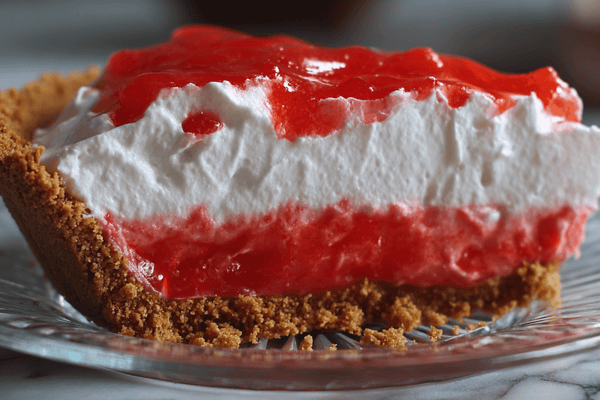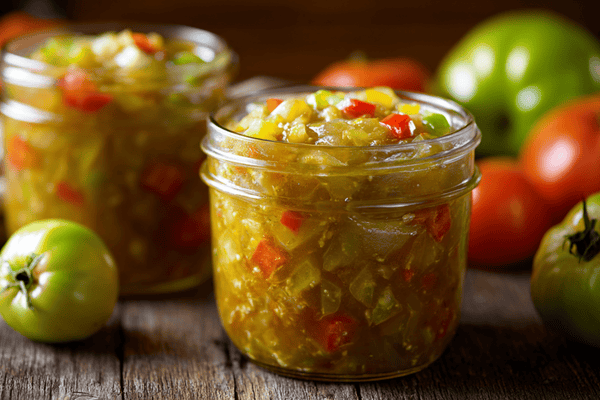
When you are adding utensils and tools to your kitchen, there is no doubt that there’s a lot to think about. When it comes to choosing a traditional Japanese knife, there are so many to choose from and many new chefs find themselves confused over which they need and which knife is used for what.
Our spotlight series aims to give you an introduction to different kinds of Japanese kitchen knives, allowing you to get to grips with the basics. Before you know it, you’ll be using knives like all professional Japanese sushi chefs and will know exactly which blade to pick up in any situation!
Today, we’re going to be shining the spotlight on the utility knife. A mid-sized traditional Japanese kitchen knife that falls somewhere between the chef’s knife and the paring knife; so let’s get started!
Table of contents
What Is a Utility Knife?
 The most simple explanation of the utility knife is one that you can use when you aren’t sure which other knife will cut it…pardon the pun! These knives are slightly larger than a Japanese paring knife but not as big as a santoku or chef knife so are often used as a go-to when neither of these knives are truly suitable for the task.
The most simple explanation of the utility knife is one that you can use when you aren’t sure which other knife will cut it…pardon the pun! These knives are slightly larger than a Japanese paring knife but not as big as a santoku or chef knife so are often used as a go-to when neither of these knives are truly suitable for the task.The utility knife usually has a stainless steel, double-bevel blade that measures between four and seven inches and they’re incredibly sharp. More often than not, the blade has a smooth cutting edge although it isn’t uncommon to see a utility knife with a serrated edge.
What’s great about the utility knife is that it’s much thinner than a chef’s knife and with a tapered blade, it’s often far easier to control and handle, making it ideal for a wide variety of tasks.
What Is a Utility Knife Used For?
Some Japanese chef knives are designed with a specific task in mind. Nakiri knives are more suited to working with vegetables, deba knives are ideal for slicing fish for sushi or sashimi, whereas usuba knives are perfect for delicate and intricate cuts.The beauty of the utility knife is that, unlike nakiri knives, deba knives or usuba knives, utility knives can be used for so many different things. One of the main reasons that people choose this type of knife is for its versatility.
One prime example is that it’s a great blade for chopping vegetables and fruits to a medium-size especially when the blade on your spring knife is too small for the job. It’ll also work well for slicing vegetables and cutting through those more delicate vegetables like courgettes without damaging them.
Moreover, the utility knife is a great choice when it comes to cutting raw fish (so often used in traditional Japanese cuisine) and cooked meats, as well as working with a whole host of different cheeses. As you can see, there isn’t much that this kitchen knife can’t do!
Should I Buy a Utility Knife?
Having learned about the utility knife, you may be asking yourself whether it is worth investing in one. Of course, different people benefit from using different tools but let’s take a look at what you can expect from your utility knife and why so many home cooks and professional chefs alike, cannot be without one.
Minimalistic
If you don’t want to clutter your kitchen with a huge number of tools then a utility knife is an excellent choice. Minimalism is popular among many people, especially those who are living in smaller places and who have the need to save space. Since the utility knife can be used for so many different purposes, this eliminates the need to have a larger collection of knives. Add to that their compact design and you’ve got the minimalist's dream!
Super Sharp
Yes, all knives are sharp but there are varying levels and this depends largely on the type of steel that is used to make the blade. Despite their compact design, utility knives are usually made with very thin Japanese steel and this ensures that the edges are much sharper and stay sharp longer. Their better edge retention means that these knives are perfect for cutting harder foods such as tough meat and fibrous vegetables.
In addition to this, the blade is relatively narrow which reduces drag so that you are able to cut foods far more accurately.
Versatility
The santoku knife is renowned for its versatility, due to its three virtues, or three areas of food preparation, being suitable for meat, fish and vegetables alike. However, did we mention how versatile the utility knife is? Well, let us reiterate that point because it cannot be said enough! These knives are perfect for chefs who want a tool that can do everything and anything.Whether it’s cutting vegetables, slicing meat or cutting a chunk of your favourite cheese, these wondrous little implements have got you covered. From cutting meat to more delicate tasks such as precise cuts and filleting fish, you'll wonder how you ever managed without one!
How to Choose a Utility Knife
 If you’re clamouring to get your hands on a utility knife to complete your kitchen collection, don’t be tempted to rush out and buy the first knife that you see. While the general concept of the knife will be the same across the board, all Japanese knife manufacturers will put their own spin on their products, so take some time to think about what you need.
If you’re clamouring to get your hands on a utility knife to complete your kitchen collection, don’t be tempted to rush out and buy the first knife that you see. While the general concept of the knife will be the same across the board, all Japanese knife manufacturers will put their own spin on their products, so take some time to think about what you need.
Length
One of the first things you should look at when choosing a utility knife is the length of the blades. As we mentioned earlier, these knives fall somewhere between the chef’s knife and the paring knife making the average blade length between five and seven inches. It’s important to think about what you will be cutting and choose something that is neither too long or too short.
Despite the smaller blade length and sharp edge, utility knives should never be used in place of steak knives. They are so sharp that the risk of an injury is too great and therefore should only be used when working with great care on a cutting board.
Material
The steel from which the knife is made says a lot about its quality and how it will perform. While you will need to spend more money for a better quality knife, this will likely last for many years.A Western blade is typically made from one single piece of harder steel which can need to be sharpened quite frequently and can also chip easily. The Japanese version however is made from layers and layers of thin metal. Made from the finest materials such as Damascus steel, carbon steel knives, can last a lifetime when properly taken care of so it’s worth the investment.
Handles
The handle of your utility knife should primarily feel comfortable to hold and not slip from your hand. Generally speaking, handles that are smooth and firm are a good choice and a wider circumference of around three inches will feel good. With all that said, it’s a good idea to try out different knives and see how they feel in your hand.
Weight
Utility knives have a thin blade and are quite flexible, so using heavier materials will not allow for this. Therefore, these knives tend to be more lightweight. Of course, some will be heavier than others and once again, it’s a good idea to test them out before buying to see what feels comfortable for you.
Final Thoughts

These high carbon steel knives are somewhere between a paring knife and a chef’s knife and are very easy to handle, even if you’re new to cooking, chopping, cutting vegetables and meats and preparing food.


